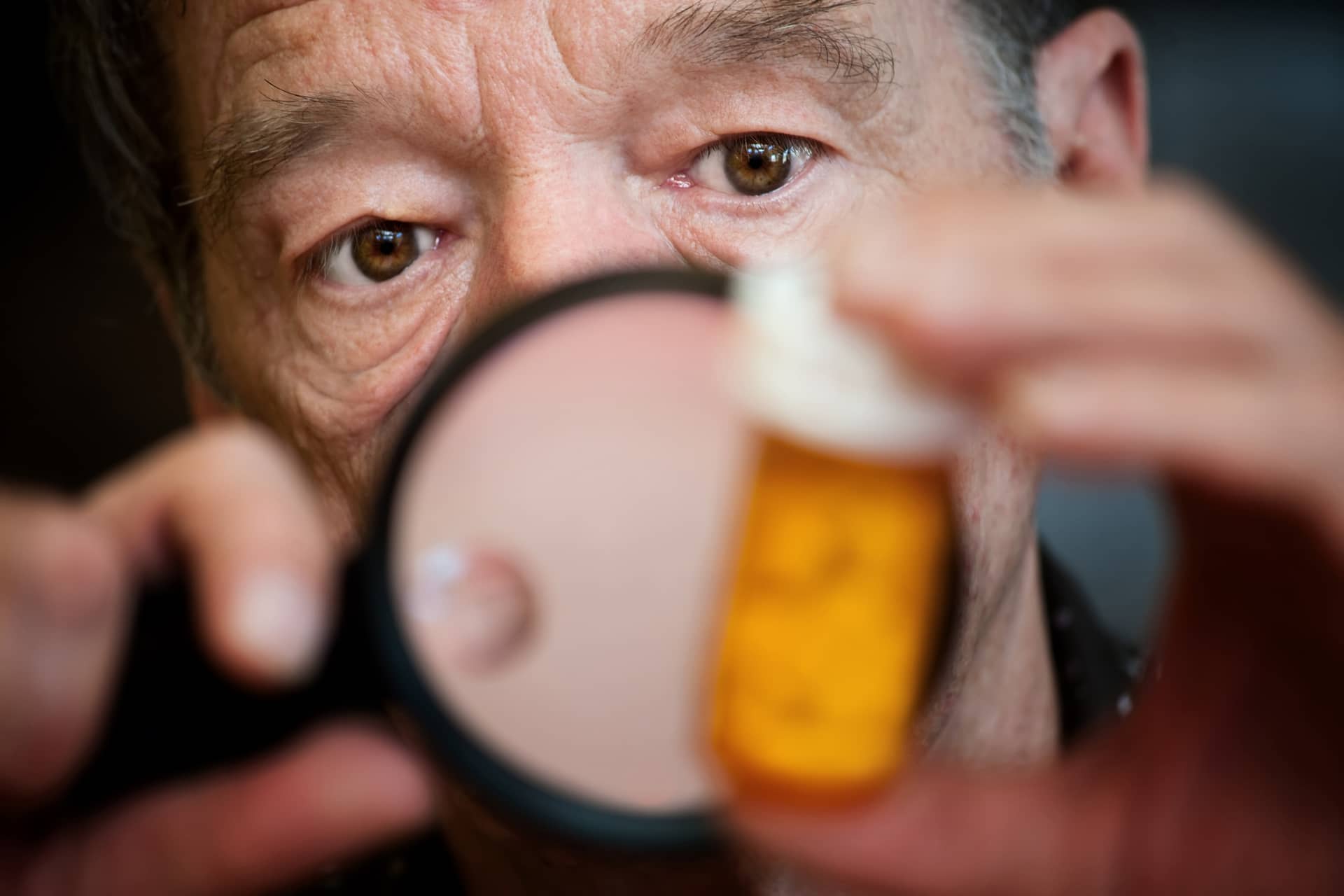
Imagine discovering an ancient remedy that holds the potential to slow, or even reverse, one of the most devastating diseases of our time. Hidden within the delicate leaves of the club moss plant lies a natural compound that has been quietly supporting brain function for centuries. Now, modern science is unveiling its astonishing ability to enhance memory, improve cognition, and offer hope to those battling Alzheimer’s disease. Could this be nature’s answer to a problem that has eluded scientists for decades?
Key Takeaways
-
Huperzine A Blocks the Key Enzyme Behind Alzheimer’s – This natural compound works similarly to prescription drugs by inhibiting acetylcholinesterase, an enzyme responsible for breaking down acetylcholine, a crucial neurotransmitter for memory and learning.
-
Beyond Alzheimer’s – Benefits for Everyone – Research suggests huperzine A not only helps Alzheimer’s patients but also enhances memory and cognitive function in healthy individuals, including adolescents.
-
A Holistic Approach to Brain Health Matters – While huperzine A shows great promise, long-term cognitive health benefits are from a comprehensive approach involving diet, exercise, sleep, and other brain-supporting nutrients.
Huperzine A: The Brain-Boosting Supplement You Need to Know About
The club moss plant (Huperzia serrata) has been used for centuries in Chinese folk medicine. Now, an extract of this plant is showing great promise as a remedy for those suffering from mild to moderate Alzheimer’s disease.
It works similarly to some of the drugs used to treat Alzheimer’s patients and yet appears to be more effective and safer to use, and its effects last up to twelve times longer. It may also improve learning and memory in healthy people as well, and that’s exciting news to those of us who – thank God – don’t suffer from dementia and want to keep it that way.
The brain’s parietal lobes are its thought factory, responsible for functions such as language comprehension, learning, and immediate memory. It is in these lobes that acetylcholine, one of the brain’s four key biochemicals, is produced. Acetylcholine is required for all the thinking functions I just mentioned and more.
It’s a normal part of aging to see levels of acetylcholine fall, but those with Alzheimer’s produce an enzyme called acetylcholinesterase that lowers levels even further by as much as 90%. A decline that sharp is a disaster. Nerve cells have trouble both sending and receiving signals, leading to serious mental decline.
The main drugs used to treat Alzheimer’s focus on blocking this enzyme to allow acetylcholine levels to rise and cognitive function to improve. That’s what the extract of this ancient Chinese plant called huperzine A can do, but much more effectively.
Professor Joel Sussman of the Weizmann Institute in Israel said, “It is as if this natural substance were ingeniously designed to fit into the exact spot in acetylcholinesterase where it will do the most good.”
Studies Support Huperzine A
In one study, about 58% of patients treated with huperzine A showed significant improvement in memory, cognition, and behavioral functions, leading the researchers to say that it “is a promising drug for symptomatic treatment of Alzheimer’s disease.”
In another study, the researchers concluded that huperzine A is “a safe and effective medicine that remarkably improves the cognition, behavior, activities of daily life, and mood of Alzheimer’s disease patients.”
A review of 20 studies concluded that “huperzine A appears to have beneficial effects on improvement of cognitive function, daily living activity, and global clinical assessment in participants with Alzheimer’s.”
Huperzine A Has Multiple Benefits
If being a better enzyme blocker than any prescription drug was the only benefit of huperzine A, it would be impressive enough, but this herbal remedy does even more.
It protects the brain’s mitochondria – the energy factories of the cell – from beta-amyloid plaques. It is a strong antioxidant, reducing oxidative stress caused by free radicals in the brain. It can reduce nerve cell death in the brain caused by exposure to a toxin. It has even been shown in animal models to promote the growth of nerve cells in the hippocampus, one of the first regions of the brain to suffer damage in Alzheimer’s patients.
You don’t even need to be middle-aged or elderly to benefit. Huperzine A was also shown to enhance the memory and learning performance of healthy adolescent students.
A Comprehensive Approach May Be Needed
Although huperzine A is available as a dietary supplement, brain chemistry is complex. A single food or supplement can have a dramatic effect, but each person’s needs are unique as to what individual substance they will respond to.
So don’t look at any one nutrient or medicinal substance as a magic bullet that will solve brain health problems all by itself. More often, a comprehensive approach that looks at diet, vitamins, minerals, sleep, exercise, and other factors is required to maintain and improve mental health.
That’s why this type of medicine is called holistic (or, more accurately, wholistic. By taking a comprehensive approach, many people have reversed mental decline that had already taken place. All that’s needed is to put into effect the knowledge we already have about the brain and the natural remedies available, and the results will surely follow, sometimes in a surprisingly short time.
Summary
For centuries, the club moss plant has been used in traditional Chinese medicine, but only now is science uncovering its incredible benefits for brain health. The active compound, huperzine A, works similarly to prescription Alzheimer’s drugs—blocking an enzyme that destroys acetylcholine, a neurotransmitter critical for memory and learning. Unlike pharmaceuticals, however, it appears to be more effective, longer-lasting, and safer. Research also suggests huperzine A may protect the brain from oxidative stress, support nerve growth, and even improve memory in healthy individuals. While promising, experts recommend a holistic approach to cognitive health, combining diet, lifestyle, and supplementation for optimal brain function.
Frequently Asked Questions
What is huperzine A, and how does it work?
Huperzine A is a natural compound extracted from the club moss plant (Huperzia serrata). It works by inhibiting acetylcholinesterase, an enzyme that breaks down acetylcholine, a neurotransmitter essential for memory and learning.<
Is huperzine A safe to use?
Studies indicate that huperzine A is generally safe when taken in appropriate doses. However, like any supplement, it may have side effects such as nausea, dizziness, or gastrointestinal discomfort in some individuals.
Can huperzine A help improve memory in healthy individuals?
Yes! Research suggests that huperzine A can enhance memory and learning abilities, even in young, healthy individuals, making it a potential cognitive enhancer beyond Alzheimer’s treatment.
How does huperzine A compare to prescription Alzheimer’s drugs?
Huperzine A functions similarly to common Alzheimer’s medications by preventing the breakdown of acetylcholine but appears to be more effective, longer-lasting, and potentially safer, with fewer side effects.
Should huperzine A be taken alone or as part of a broader brain health plan?
While huperzine A shows significant promise, experts recommend a holistic approach to cognitive health, including a balanced diet, regular exercise, quality sleep, and other brain-supporting nutrients for the best results.
- (1997, January 1). Study shows how ancient Chinese herb may act as Alzheimer drug. REHOVOT, Israel: Publisher.
- Yang, G., Wang, Y., Tian, J., & Liu, J. P. (2013). Huperzine A for Alzheimer's disease: a systematic review and meta-analysis of randomized clinical trials. PloS one, 8(9), e74916.
- Zhang, Z., Wang, X., Chen, Q., Shu, L., Wang, J., & Shan, G. (2002). Zhonghua yi xue za zhi, 82(14), 941–944.
